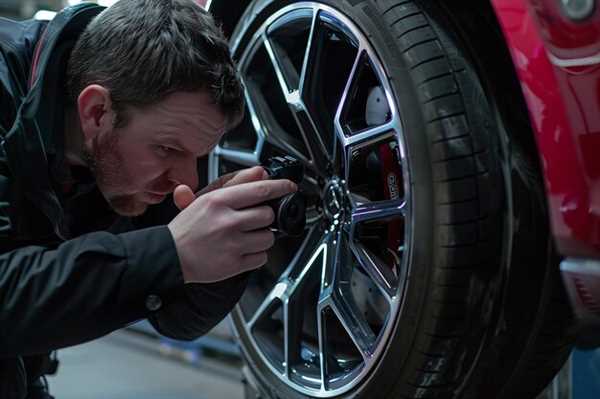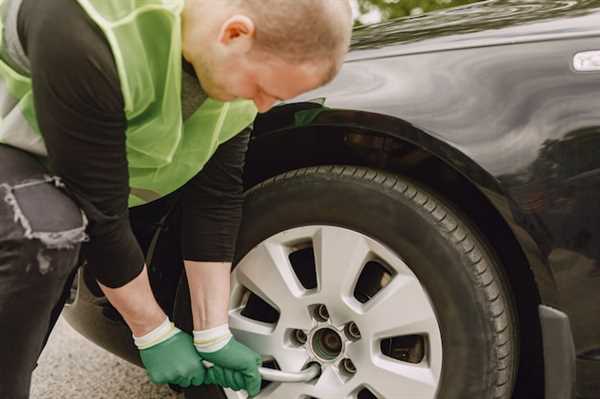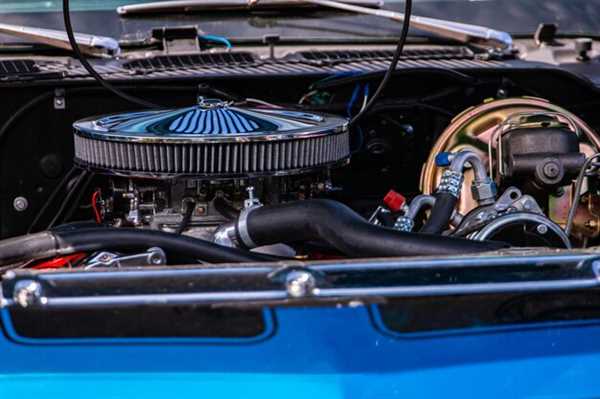
The first step in ensuring your race-ready rubber remains at its peak is regular inspection. Check for uneven wear, cracks, or foreign debris after each outing. A quick assessment can prevent costly issues and laps lost on the track.
Temperature control plays a significant role in rubber longevity and grip. Monitor the operating temperature during practice sessions and adjust tire pressures accordingly. Maintaining the right balance not only enhances performance but also extends the life cycle of the rubber.
Utilizing the correct compound for the specific track conditions cannot be overlooked. Softer compounds offer better grip but wear faster, while harder options endure longer but may lack traction. Understanding your circuit and selecting the optimal mixture is key to maximizing your vehicle’s potential.
Lastly, proper storage between events safeguards against degradation. Keep the wheels in a cool, dry place away from direct sunlight and extreme temperatures. This practice preserves their integrity and ensures they are race-ready when the time comes.
Choosing the Right Racing Tires for Your Vehicle

Select tires based on track conditions. For wet surfaces, opt for options designed for moisture management. For dry tracks, consider those with harder compounds for enhanced durability and grip.
Assess your vehicle’s weight and power. Lightweight cars benefit from softer compounds, while heavier vehicles require firmer options to maintain control under acceleration.
Evaluate your driving style. Aggressive drivers may prefer tires with a stickier surface for maximum grip, while smoother drivers may favor longevity and consistency.
Check the temperature range of tire compounds. Match them to the anticipated weather conditions; softer tires perform better in warmer climates, while harder compounds excel in colder environments.
Review tire pressure regularly. Proper inflation levels affect handling and performance. Consult manufacturer specifications for optimal ranges.
Rotate and inspect tires frequently. Regular checks help identify wear patterns and necessary adjustments, extending their lifespan and ensuring consistent performance.
Research the best brands within your category. Some manufacturers specialize in specific types of competitions, offering tailored solutions for various racing disciplines.
Regular Inspection and Maintenance Techniques for Racing Tires
Conduct tire pressure checks before each event. Maintaining optimal pressure enhances grip and responsiveness on the track.
Inspect tread depth with a gauge to ensure consistent contact with the surface. Replace tires showing significant wear to prevent performance loss.
Check for uneven wear patterns; this can indicate misalignment or suspension issues. Addressing these problems promptly can prolong tire lifespan.
Clean tires regularly to remove debris and contaminants. Use a soft brush and water, avoiding harsh chemicals that may damage rubber compounds.
Monitor temperature after practice sessions. Excessive heat can damage tires, leading to premature failure. Implement cooling strategies if necessary.
Rotate tires periodically to promote even wear. This practice maximizes traction and extends the usable life of each set.
Store unused tires in a cool, dark place, away from direct sunlight and ozone-producing equipment. Proper storage conditions preserve their integrity.
Consult with tire manufacturers’ recommendations for specific maintenance techniques and products that enhance durability and performance.
Document all inspections and maintenance activities. Keeping accurate records assists in tracking tire performance over time and informs future decisions.
Optimizing Tire Pressure for Enhanced Performance on the Track

Check and adjust air pressure before each session. Ideal measurements typically range from 30 to 36 psi, but specific values depend on tire type, weather, and surface conditions. Conduct multiple tests to find the optimal balance for grip and wear.
Utilize a reliable pressure gauge for accuracy. Digital models often provide better precision than analog counterparts. Verify pressures when tires are cold to ensure readings reflect true conditions.
Monitor temperature fluctuations during runs. Increased heat can lead to higher inflation levels, necessitating a mid-session check. Consider using a tire temperature gauge for better insight into performance dynamics.
Always consult the manufacturer’s guidelines regarding suitable pressures for different setups. Variations may arise based on vehicle weight distribution and track layout. Document changes and results meticulously for future reference.
Maintain consistency in routine checks. Repeated adjustments should be based on observed tire behavior rather than assumptions. Establish a reference point and adjust systematically as conditions change.
Utilize tire pressure monitoring systems for real-time insights. Such technologies can enhance responsiveness and safety by alerting drivers to critical deviations immediately.
Further, consider the relationship between pressure and handling characteristics. Lower pressures may improve grip but increase rolling resistance. Balance performance demands with overall durability for optimized outcomes.

